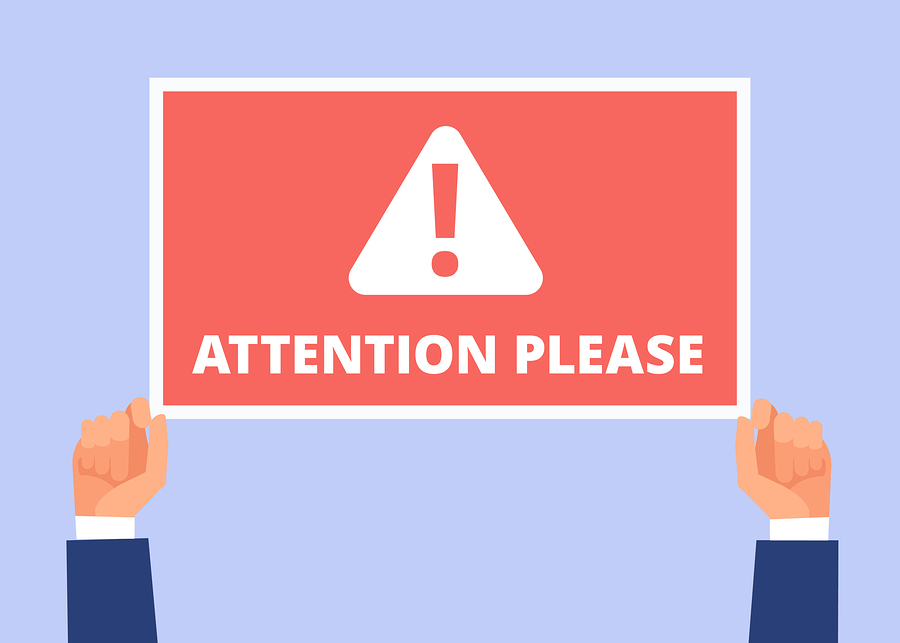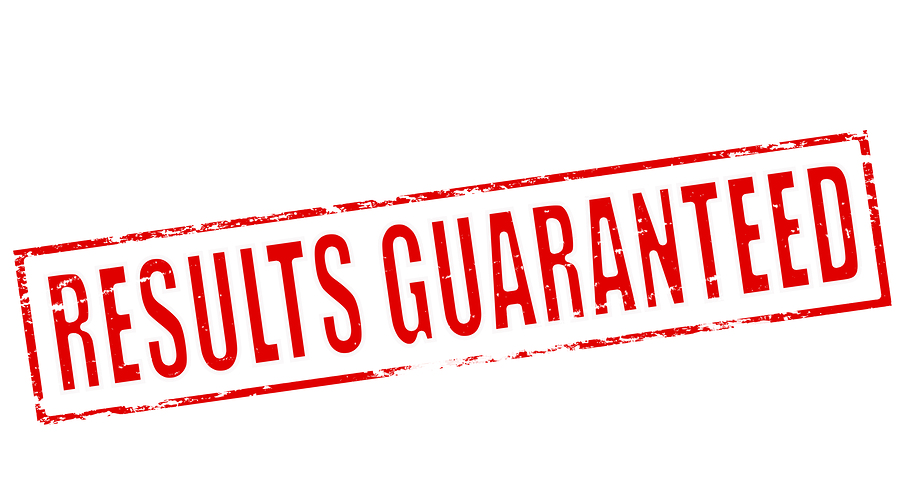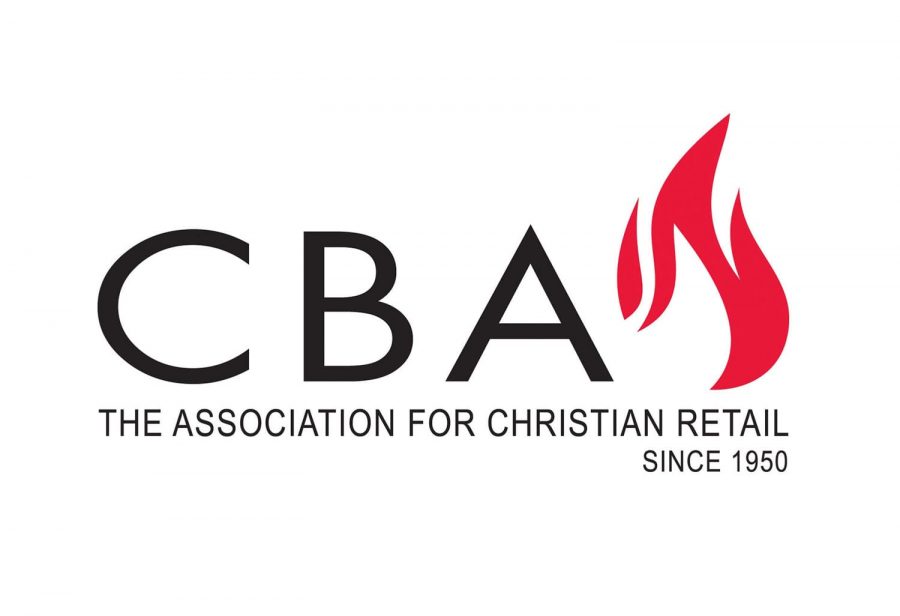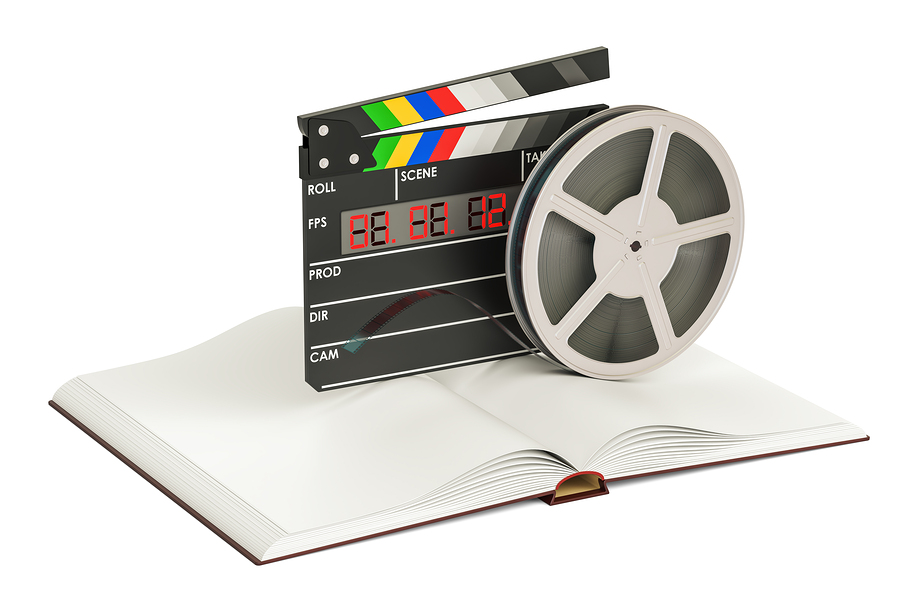Since I was nineteen years old (yes, I was that young once, smart aleck), I’ve set goals every January instead of making resolutions. I set one-year, three-year, five-year, and lifetime goals in six categories: spiritual life, physical/health, intellectual/educational, marriage/family, financial/household, and professional (writing, speaking, agenting).
Yes, I am a tad obsessive-compulsive.
Believe it or not, it’s fun for me. And it’s even more fun to do a six-month and end-of-year review of what goals I achieved, which ones I partly achieved, and which I totally tanked on.
This habit makes this blog post a lot easier, as I look back on 2018 and reflect on my first full year as a big, important, high-powered literary agent. I’ll leave it to others to reflect on the industry at large, but here are some of the points I will take with me from 2018 into 2019:
- Change is constant.
My status as the “fresh face” at The Steve Laube Agency bit the dust when our friend and coworker Dan Balow moved on in October to devote himself more fully to his work at Gilead Publishing and Thomas Umstattd joined the agency soon thereafter. That’s closest to home, of course, but a whole bunch of my friends and acquaintances who work in publishing changed positions and locations. Worthy Publishers was acquired by Hachette/FaithWords, and the CBA (Christian Booksellers’ Association) announced key high-level personnel departures even as the Munce Group announced the formation of a new trade association: Christian Retail Association, Inc. It’s a good thing Steve Laube has a head for all this stuff because I can’t even keep track of where I put the pair of scissors.
- Books are in demand.
I know that many authors and publishers bewail the state of things today—and there’s no denying that writing and publishing are very different than they were just a few years ago—but this is still a great time to be a writer and an agent. Christian publishers are still publishing great books, and they’re always looking for original and well-written content. Yes, platform is important and will remain so; but everyone I know in this industry gets all goose-pimply at unique ideas, distinctive voices, and breathtaking prose. And they’re still willing to consider debut authors. None of us really knows for sure where everything is going to land in the near future, but we know that books will continue to be written, and published, and read.
- Being an agent is fun.
I know I’m just getting started, but I was honored and thrilled to finalize more than twenty book deals with and for my clients in 2018—and eight of those were by debut authors. I hope and plan for those numbers to grow, of course; but more important than the numbers is the exceptional quality of those clients and their upcoming books—both fiction and nonfiction. I was honored to be featured as an agent in Writer’s Digest and Today’s Christian Living. I had a marvelous time presenting and meeting with writers, editors, and fellow agents at eleven writers conferences in 2018, from New England to Florida to Oregon, and gained a lot of valuable information myself from those events. And speaking of valuable information, I continue to learn from and lean on Steve Laube, Tamela Hancock Murray, Thomas Umstattd, and our erstwhile colleague, Dan Balow, who are the finest and smartest people I could ever hope to steal ideas and glory from.
- Life is a joy.
Of the twenty-two personal and professional goals I set at the beginning of 2018, I met (fully or partly) fourteen of them. (The ones I didn’t meet all had a price tag attached, so…..) I count that as a win. And, though my beloved mother-in-law went to heaven and my daughter and son-in-law moved (with three of our grandchildren) to California, so much good stuff still came my way in 2018 in addition to my goals. My wife, the lovely Robin, and I saw Hamilton live on stage, took in two live Shakespeare plays (Othello, A Midsummer Night’s Dream), and enjoyed Alison Krauss live in concert. I gave blood six times and exercised more than a hundred times. I wrote a new book (Closer to God) and republished another (The Bone Box). And the lovely Robin and I enjoyed three trips out west to visit with our children, their spouses, and our grandchildren.
It’s been a whirlwind 525,600 minutes, but many daylights, some sunsets, a few midnights, countless cups of coffee, laughter, tears, very little strife, and (as Hamlet would say), “words, words, words.”











